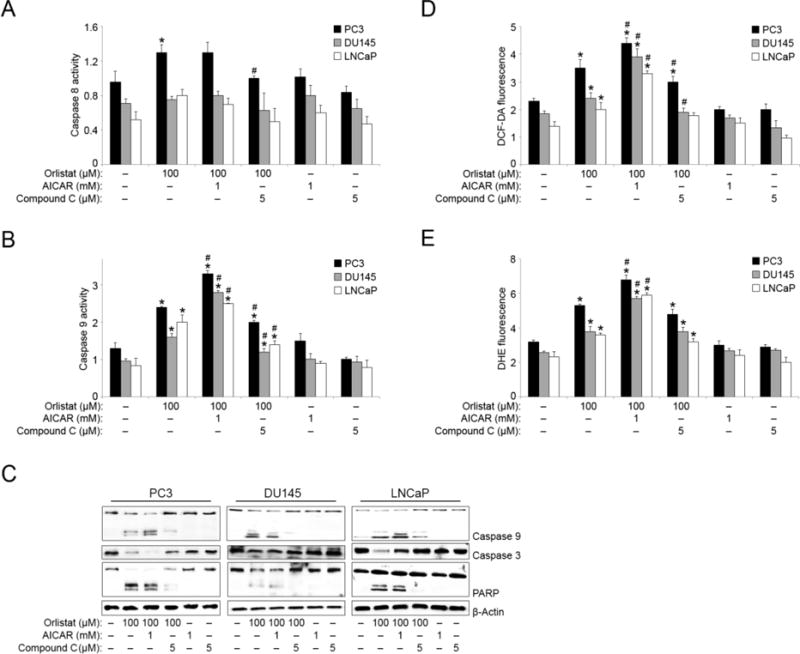Figure 4. Orlistat and AICAR-co-treatment upregulates caspase and ROS activity.

PC3, DU145, and LNCaP cells were pre-treated with AICAR (1 mM) or compound C (5 μM) for 1 h. The cells were then either left untreated or were treated with Orlistat (100 μM) for 6 h. Cell lysates were analyzed for (A) caspase 8 and (B) caspase 9 activity using CaspGLOW activity assay. (C) PC3, DU145, and LNCaP cells were pre-treated with AICAR (1 mM) or compound C (5 μM) for 1 h. The cells were then either left untreated or were treated with Orlistat (100 μM) for 24 h. Cell lysates were collected and analyzed for caspase 9, caspase 3, and PARP protein expression by Western blotting. Blots were reprobed for β-actin protein expression as a loading control. Representative blots from three or more independent experiments are shown. PC3, DU145, and LNCaP cells were pre-treated with AICAR (1 mM) or compound C (5 μM) for 1 h. The cells were then either left untreated or were treated with Orlistat (100 μM) for 6 h. (D) Hydrogen peroxide and (E) superoxide levels were analyzed by spectrofluorometric measurement of DCF and DHE fluorescence, respectively. Values indicate relative fluorescence intensity. Values are mean ± S.E.M (n = 3). *, p < 0.05 versus control. #, p < 0.05 versus Orlistat treatment.
